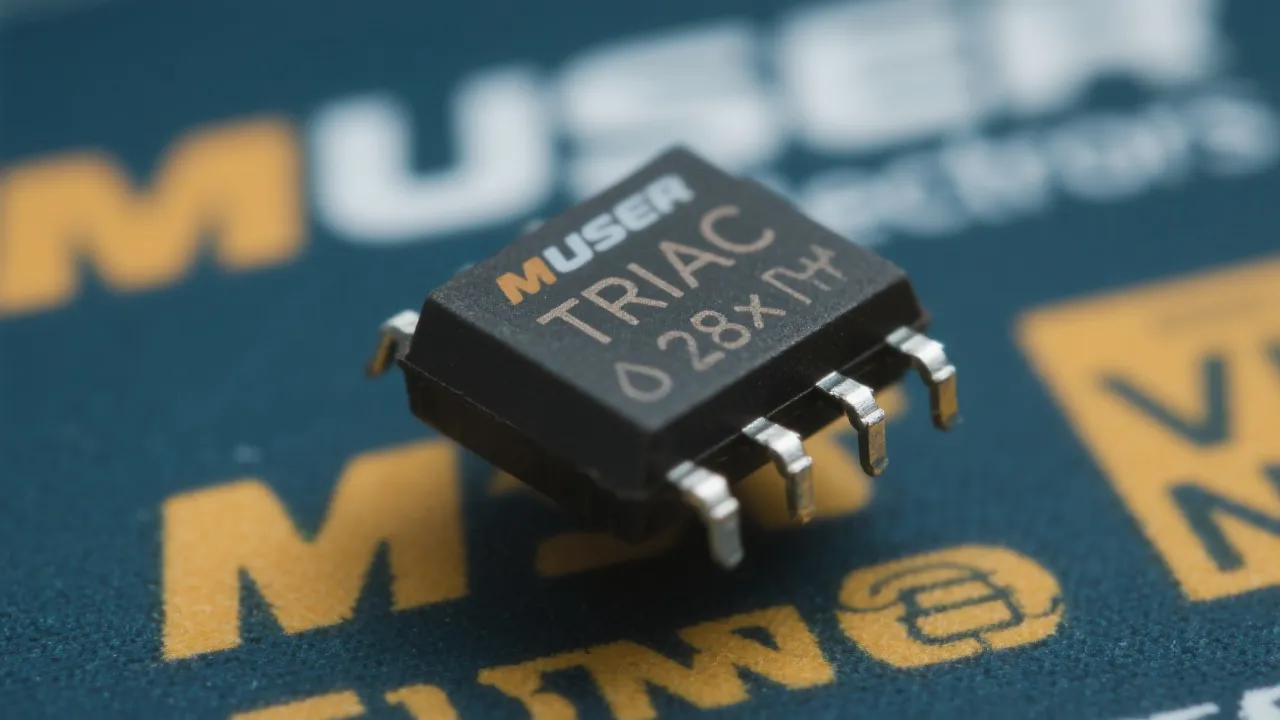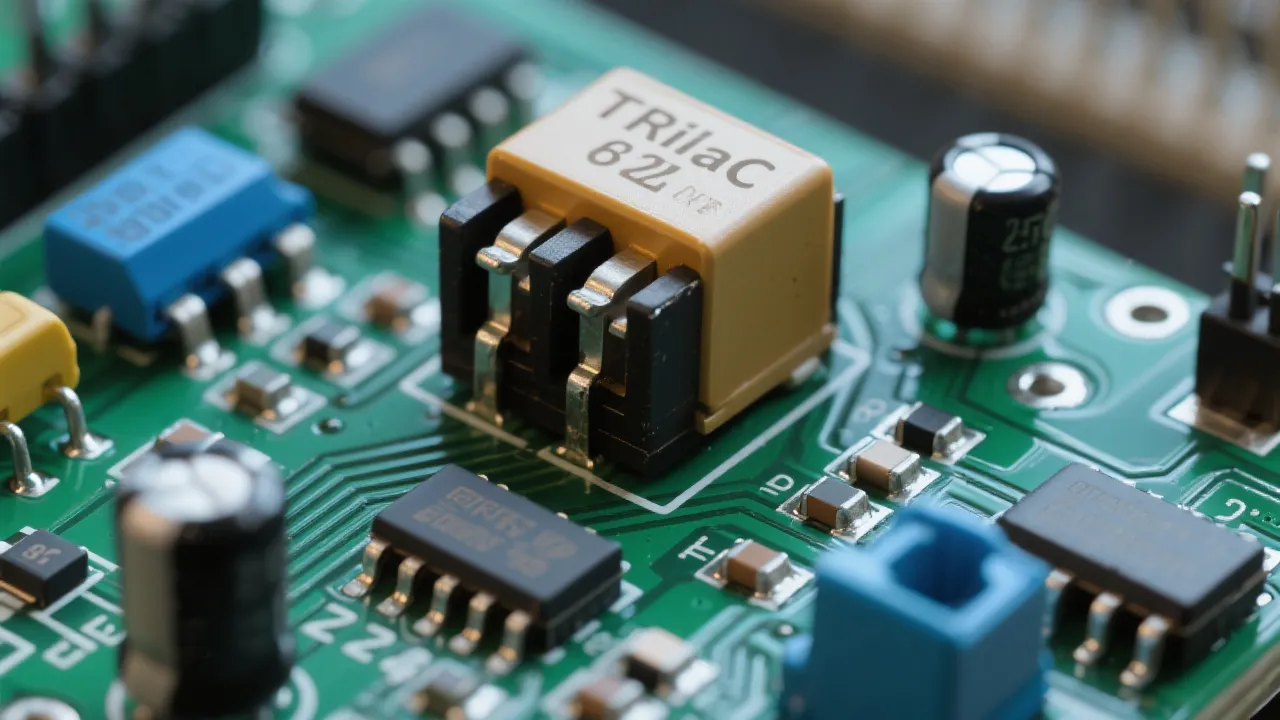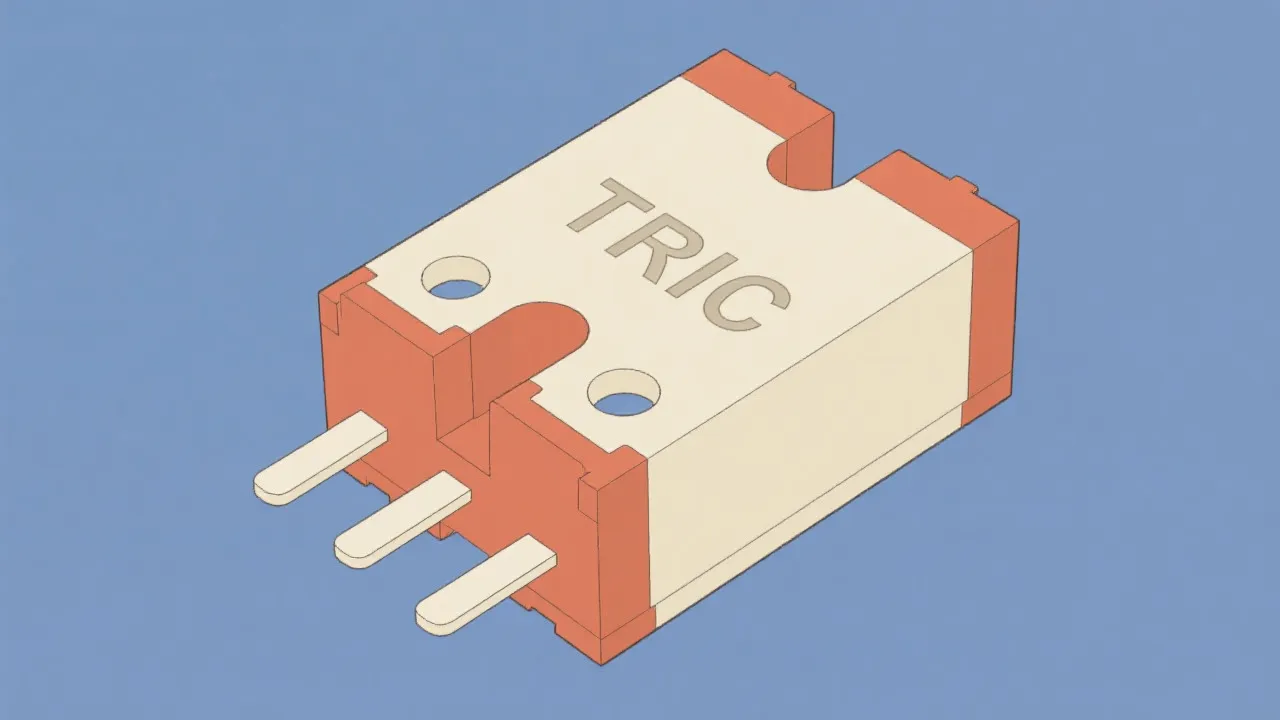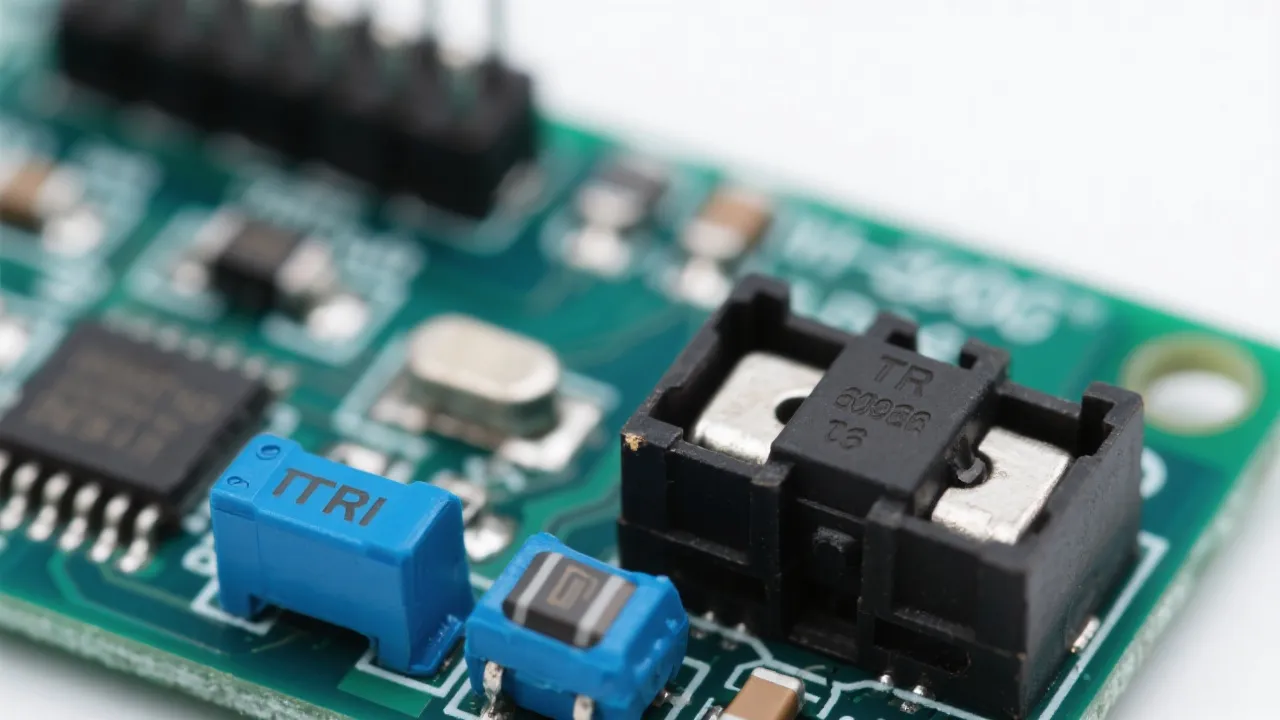Advancements in OPGW Oplat Solutions
This article delves into OPGW Oplat, highlighting its role in modern telecommunications and energy transmission systems. OPGW, or Optical Ground Wire, integrates ground wire and fiber optic technology for efficient data transmission and protection against electrical faults. By blending these functionalities, OPGW Oplat enhances infrastructure resilience and operational efficiency.
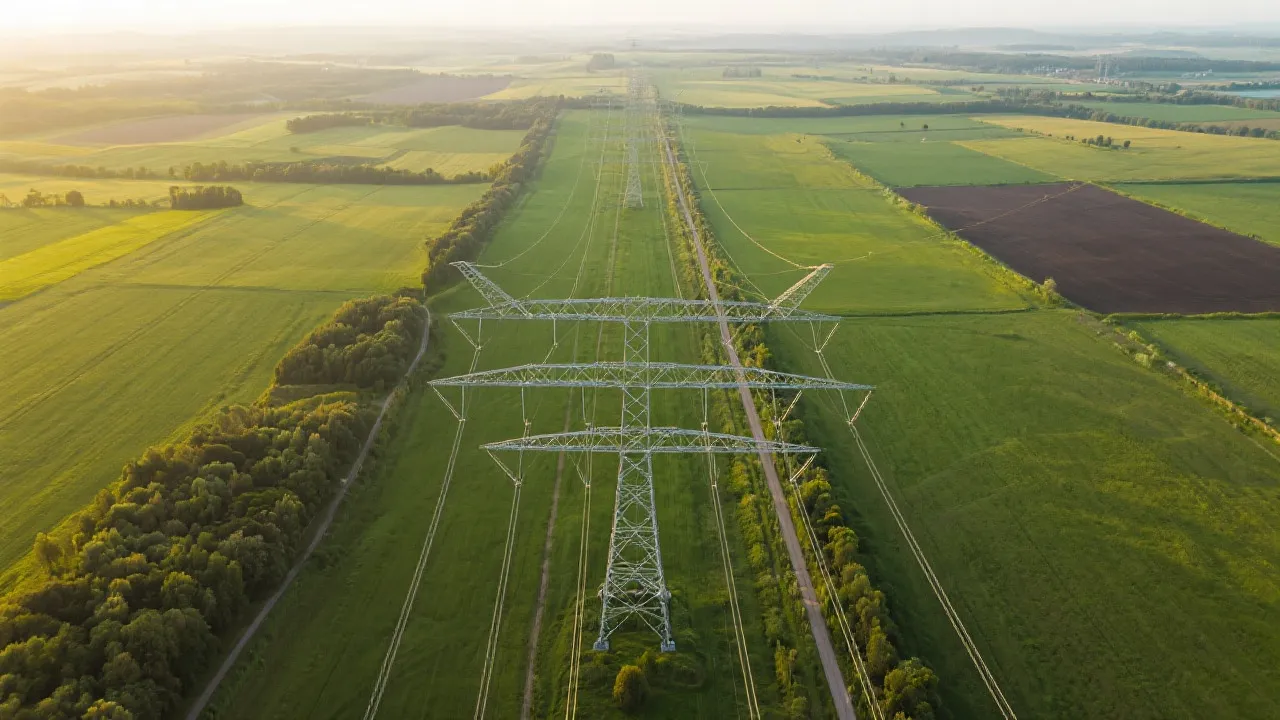
Understanding OPGW Oplat in Modern Infrastructure
Optical Ground Wire (OPGW) Oplat technology has redefined the landscape of telecommunications and energy transmission. Functioning as a dual-purpose conductor, OPGW combines the duties of overhead ground wires with those of optical fibers. This integration serves two primary roles: safeguarding power lines from electrical faults and facilitating robust data communication networks. By employing OPGW Oplat, utility companies can achieve superior reliability and operational efficiency in power grid systems, catering to the evolving demands of the modern digital age.
In recent years, the reliance on digital communications and the internet has surged, leading to heightened pressures on energy systems to ensure continuous connectivity while maintaining performance levels. OPGW Oplat addresses this challenge by not only shielding power lines from environmental hazards such as lightning strikes but also providing high-speed communication capabilities that underpin the operations of smart grids and IoT devices. As power and data transmission increasingly converge, the role of OPGW Oplat becomes even more significant in supporting sustainable growth and innovation in infrastructure.
The Mechanics of OPGW Oplat
OPGW Oplat consists of fiber optic cables enclosed within a protective layer, which is further reinforced by metallic strands. These strands, typically made of materials such as aluminum or steel, provide mechanical integrity and electrical protection, allowing the OPGW to perform as both an electricity conductor and a communication medium. The fiber optics are shielded from environmental factors, ensuring signal integrity and longevity. Because of its design, OPGW can withstand extreme weather conditions, including high winds and ice accumulation, which is crucial for maintaining service reliability in utility networks.
Moreover, the configuration of OPGW Oplat provides several benefits over traditional methods. For example, the fiber optics within the OPGW can be used for monitoring the health of the transmission line, enabling predictive maintenance strategies that minimize downtime and enhance performance. Sensors can monitor temperature, mechanical strain, and other parameters, thereby providing real-time data that operators can use to make informed decisions about circuit maintenance and repair. As energy systems grow in complexity, OPGW Oplat's capabilities offer a significant advantage in balancing increased load demands with advanced communication requirements, thus inherent in modern smart grid initiatives.
Industry Insights and Implementation
Industry experts note that the deployment of OPGW Oplat technology has transformed how data is transmitted across long distances. By utilizing existing utility infrastructure, this technology offers a cost-effective medium for data transfer, especially in rural and hard-to-reach areas where laying down new cables would be economically unfeasible. Traditional communication lines often require extensive investments, making the integration of OPGW Oplat an attractive solution for utility companies looking to enhance their communication capabilities without incurring prohibitive costs.
Furthermore, the resilience of OPGW Oplat to adverse weather and environmental conditions makes it an attractive choice for infrastructure in varied climates. It eliminates the need for multiple installations and the associated maintenance of conducting and communication lines, resulting in streamlined operations and reduced operational expenditures. As companies strive to enhance infrastructure efficiency, the implementation of OPGW Oplat is increasingly viewed as a critical step toward achieving those objectives.
Market and Economic Impact
The global adoption of OPGW Oplat technology is driven by the rapid growth of smart grids and smart city developments. As urban populations swell, energy and data consumption patterns change, necessitating more refined and adaptable systems for utility management. These changes create a demand for uninterrupted, high-capacity data networks, which raises the need for innovative solutions like OPGW Oplat. According to industry reports, energy and utility companies can save significant costs by reducing the need for separate overhead communication lines and enhancing overall grid reliability.
This economic aspect is particularly noteworthy in countries striving to balance growth with environmental sustainability. Investment in OPGW Oplat not only contributes to improved infrastructure resilience but can also result in significant savings over time due to lower maintenance costs and decreased energy losses in transmission. In regions with high deployment rates of renewable energy resources, OPGW Oplat can streamline data communication between various nodes in the grid, facilitating efficient management of fluctuating energy supplies from solar, wind, and other renewable sources.
Key Advantages of OPGW Oplat
- Enhanced Safety: Provides electrical grounding and lightning protection, significantly reducing the risk of electrical faults that can cause outages or damage to equipment.
- Operational Efficiency: Supports high-speed data transmission over large distances, enhancing the functionality of integrated communication systems within the power grid.
- Cost-Effectiveness: Reduces the need for additional infrastructure by combining utility and communication functions, allowing companies to maximize operational expenditures.
- Environmentally Resilient: Strong performance in diverse weather conditions, making it suitable for installation in different geographic regions and climates.
- Space Optimization: By utilizing the same infrastructure for both power and communication, OPGW Oplat frees up space which can be critical in urban settings where utility corridor availability is limited.
Challenges and Considerations
Despite its advantages, the deployment of OPGW Oplat involves complexities, such as initial installation costs and the need for skilled labor for installation and maintenance. These challenges can be particularly daunting for smaller utility companies that may lack the financial resources or technical expertise to implement such advanced technology. Furthermore, integrating new technologies into existing infrastructure presents logistical challenges that require innovative solutions, particularly in terms of reconciling different legacy systems and ensuring compatibility and coherence in communication protocols.
Moreover, OPGW Oplat installation must be approached with consideration for local regulations and the environmental impact of such projects. Approval processes can be lengthy and may require extensive planning, consultation with stakeholders, and adherence to environmental standards. Stakeholders must work collaboratively to ensure that the installation of OPGW Oplat does not disrupt existing land use or ecosystems, as these projects often traverse diverse landscapes.
Future Outlook
Looking ahead, the role of OPGW Oplat in supporting renewable energy initiatives is promising. As renewable energy sources expand, connected networks become essential for real-time data analysis and management, driving further demand for OPGW Oplat installations in renewable projects worldwide. For instance, as distributed generation sources such as solar PV systems proliferate, the ability of OPGW Oplat to carry high-speed data signals from various generation points to centralized control systems will be increasingly critical to achieving both efficiency and reliability.
Additionally, the advent of advanced technologies such as artificial intelligence and machine learning is pushing the need for real-time data analytics in energy management systems, reinforcing the significance of communication integrations via technologies like OPGW Oplat. Future developments in smart grid technology are likely to further penetrate market segments ranging from electric vehicle charging stations to smart home devices, all of which will require robust and reliable communication infrastructures that can be adeptly supported by OPGW Oplat.
FAQs
- What is OPGW Oplat? OPGW Oplat is a combined optical fiber and conductor used in electric transmission lines to provide both grounding and data communication capabilities, merging electricity and data transmission functionalities into a single unit.
- Why is OPGW Oplat important? It enhances grid reliability by providing both electrical fault protection and a stable communication network, which is vital for the efficient operation of modern energy systems.
- Where is OPGW Oplat used? OPGW Oplat is primarily used in high-voltage transmission lines, smart grid installations, and any infrastructure requiring reliable data transfer combined with electrical grounding.
- What are the challenges of implementing OPGW Oplat? Challenges include initial costs, the requirement for skilled technical labor, and navigating regulatory landscapes and environmental concerns associated with new installations.
Conclusion
Incorporating OPGW Oplat into energy and telecommunications systems is not just a current trend but a strategic move toward a better future. This hybrid solution ensures a robust, reliable, and efficient infrastructure that can adapt to the ever-changing landscape of technology and energy demands. As the technology continues to evolve and adapt, it is set to play an increasingly crucial role in the sustainable and smart energy solutions of tomorrow, paving the way for innovative advancements across sectors. The integration of OPGW Oplat signals a paradigm shift in how power and data are transmitted, ultimately influencing the efficiency and reliability of energy and communication systems globally.
In addition, as society shifts towards greater sustainability and environmental consciousness, the role of OPGW Oplat technology will be pivotal in supporting these larger goals. The dual function of grounding and data communication will not only optimize existing resources but also create new opportunities for developing smart infrastructure that responds to urban needs while encouraging energy efficiency and renewable energy adoption.
To maximize the potential of OPGW Oplat technology, further research and investment into improving installation techniques, as well as enhancing the durability and performance of materials used within OPGW systems, are essential. As innovation thrives, the possibilities offered by OPGW Oplat will likely expand, transforming the telecommunications and energy sectors in profound ways.






